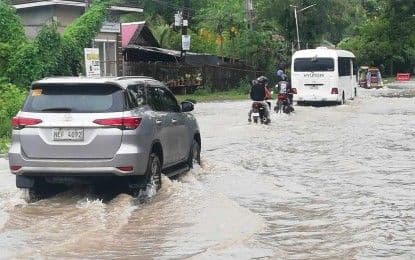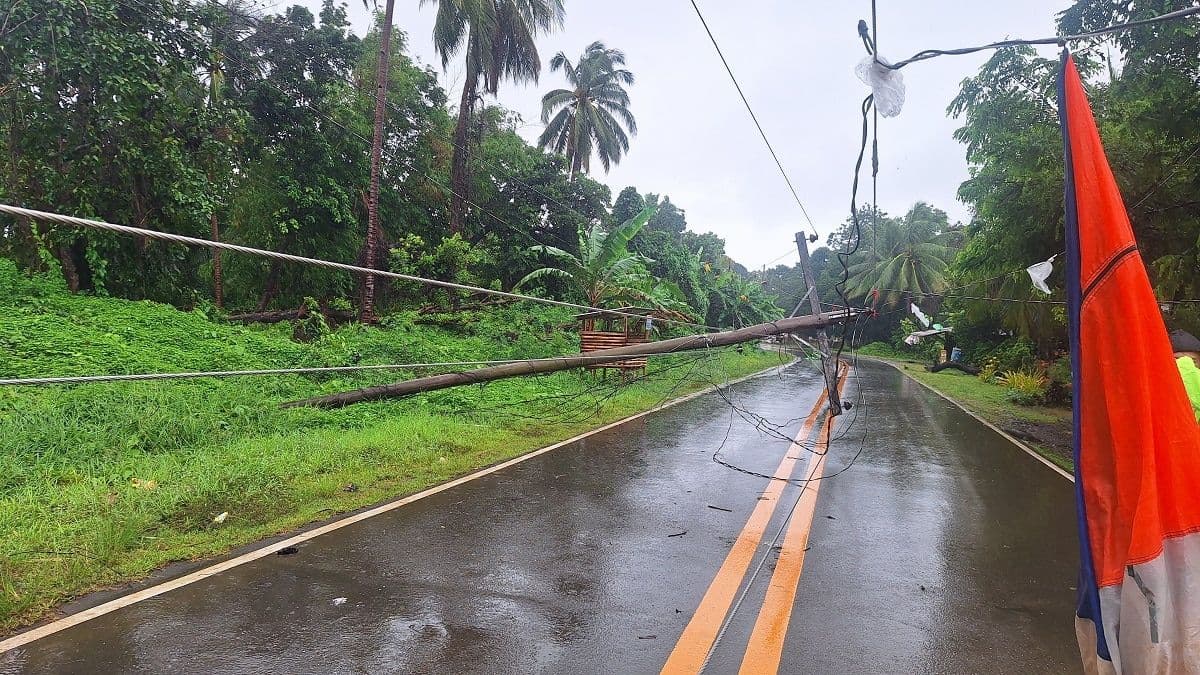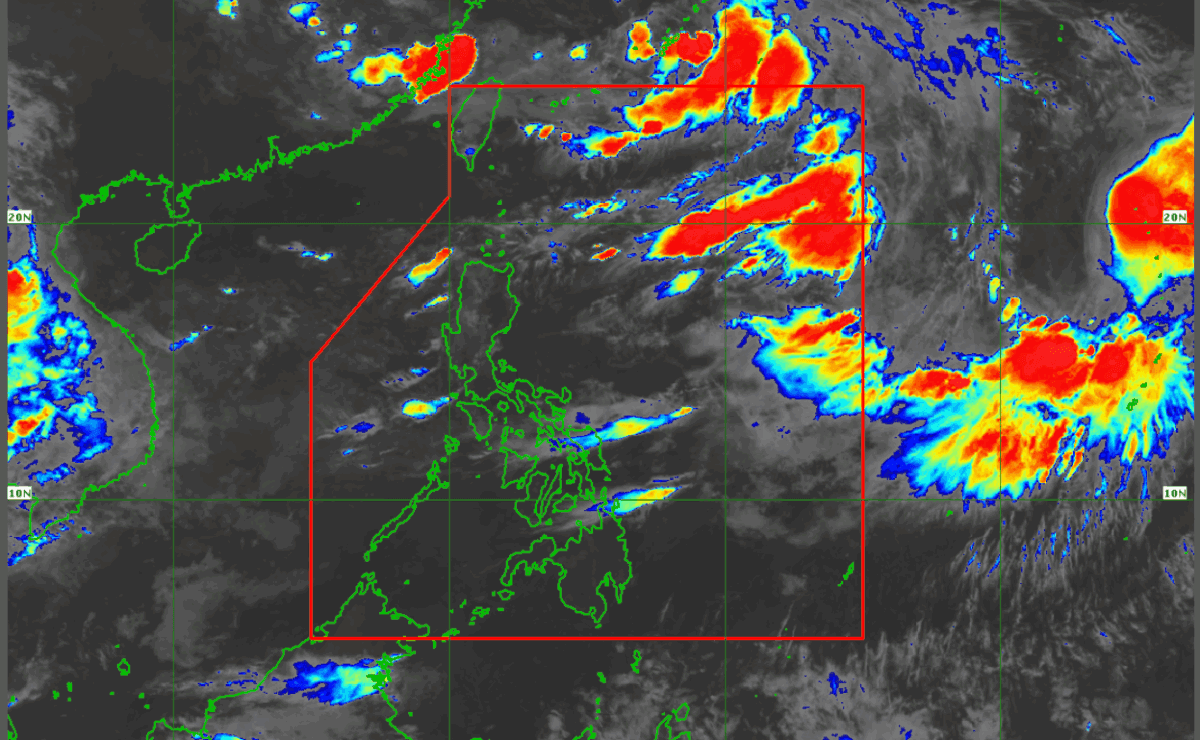Philippine Skies Under Siege: Decoding the Double Whammy of Tropical Storms and Monsoon Rains
Decoding the Philippines' dual weather: Crising and Habagat's combined impact. Understand regional forecasts, flood risks, and vital community preparedness.
A Dual Weather Threat Unfolds
The Philippine archipelago finds itself grappling with a formidable 'double whammy' as Tropical Storm Crising (international name: Wipha) prepares to exit the Philippine Area of Responsibility (PAR), while the pervasive southwest monsoon, locally known as 'Habagat,' continues its relentless embrace. This intricate meteorological dance is amplifying rainfall across various regions, leading to intensified, cumulative effects that demand heightened vigilance. As of Friday evening, 's 11:00 p.m. bulletin pinpointed Crising passing over the coastal waters of Calayan, , packing maximum sustained winds of 75 kilometers per hour (kph) and gusts up to 105 kph, steadily moving northwest at 15 kph. Its impending departure does not signal an immediate reprieve, as its interaction with the monsoon significantly broadens the scope of impact. Already, the reported a staggering 7,501 families, encompassing 23,918 individuals, affected across 56 villages in , and . The combined onslaught has forced the cancellation of operations at 19 seaports in , , and , underscoring the widespread disruption to daily life and commerce.
The Monsoon's Unrelenting Embrace
While Tropical Storm Crising draws much of the immediate attention, the 'Habagat' remains the silent, yet powerful, partner in this dual weather threat. This southwest monsoon is not merely a background player; it actively enhances and extends the reach of rainfall, particularly in areas already saturated. 's forecasts highlight the monsoon's significant contribution, with 100 to 200 millimeters of rain anticipated over , , , , , and until Saturday evening. Even , along with a vast stretch of and parts of including , , , , , , , , and the provinces of , , , , , and , can expect 50 to 100 mm of rain during the same period. This persistent, widespread moisture, especially when coupled with antecedent rainfall, creates a precarious situation, turning otherwise manageable showers into potential floodwaters and increasing the risk of landslides in vulnerable terrains. The monsoon's continuous flow means that even as Crising moves away, the ground remains saturated, making any additional rain a critical concern.
Crising's Lingering Footprint and Regional Impact
Even as Tropical Storm Crising makes its final push northward, heading out of the Philippine Area of Responsibility, its legacy of heavy rainfall will continue to be felt, particularly across . has issued stark warnings, indicating that areas like , , , , and should brace for more than 200 millimeters of rain until Saturday evening. This extreme volume of precipitation carries a high likelihood of severe flooding and devastating landslides. Furthermore, , , , , , , , and are also under threat, with 100 to 200 millimeters of rain expected. Such amounts could trigger significant flooding, especially in urbanized, low-lying areas, and near major river systems, alongside landslides in areas identified as moderately to highly susceptible. Even provinces like and , anticipating 50 to 100 millimeters, are not immune to localized flooding and landslides in highly vulnerable spots. This regional breakdown illustrates Crising's potent direct impact, a critical component of the 'double whammy' that has left communities across the archipelago navigating a complex and dangerous weather landscape.

Beyond the Numbers: Life Under Water and Lessons Learned
While official bulletins provide crucial statistics, the true narrative of this dual weather threat unfolds in the affected communities. We're talking about 7,501 families, totaling nearly 24,000 individuals, whose lives have been upended across 56 villages in , and . This isn't just about rainfall figures; it's about homes inundated, livelihoods disrupted, and the immediate need for shelter. The reports 115 families now housed in six evacuation centers, with another 106 finding refuge elsewhere. The clarifies that 'affected families' encompass not only those displaced but also those who, despite staying in their homes, are enduring the direct consequences of the inclement weather. Imagine the challenges posed by a flooded highway in Barangay Calala, , , as captured in recent images – a stark visual reminder of how daily commutes become impossible, and essential services are cut off. The cancellation of operations at 19 seaports further illustrates the paralysis of transport and trade. While it's a relief that no human casualties have been reported yet, the sheer scale of displacement and operational shutdowns underscores the profound societal and economic ripples of such intensified, cumulative rainfall.
Building Resilience: Adapting to Intertwined Weather Systems
The concurrent impact of Tropical Storm Crising and the southwest monsoon serves as a powerful reminder of the 's vulnerability to intertwined weather systems. This 'double whammy' phenomenon presents unique challenges for disaster preparedness and response, as authorities and communities must contend with not one, but two amplifying forces. It's not just about tracking a single storm; it's about understanding how a departing tropical cyclone can drag and intensify monsoon moisture, leading to prolonged and more widespread heavy rainfall. This scenario necessitates a multi-faceted approach to resilience. Beyond accurate forecasting from , which remains paramount, there's a critical need for enhanced early warning systems that clearly communicate the combined risks. Infrastructure development must prioritize flood-resilient designs and improved drainage systems, especially in urban and low-lying areas. At the community level, adaptation means fostering a culture of preparedness, including pre-emptive evacuations, establishing accessible evacuation centers, and ensuring sustained aid for affected families. Filipinos, inherently resilient, are continuously learning from these complex weather events, recognizing that adapting to these intertwined threats is not just a seasonal task, but an ongoing imperative for national safety and development.
Related Articles

Navigating the Tempest: Crising's Intensifying Path and Archipelago-Wide Weather Realities

Navigating the Tempest: Crising's Intensifying Path and Archipelago-Wide Weather Realities

Weathering the Storm: Unpacking Resilience in a Deluge-Prone Nation

Weathering the Storm: Unpacking Resilience in a Deluge-Prone Nation

Beyond the Daily Bulletin: Decoding the Philippines' Shifting Skies

Beyond the Daily Bulletin: Decoding the Philippines' Shifting Skies

Unseen Waters Rising: Navigating the Philippines' Red Rainfall Warnings
